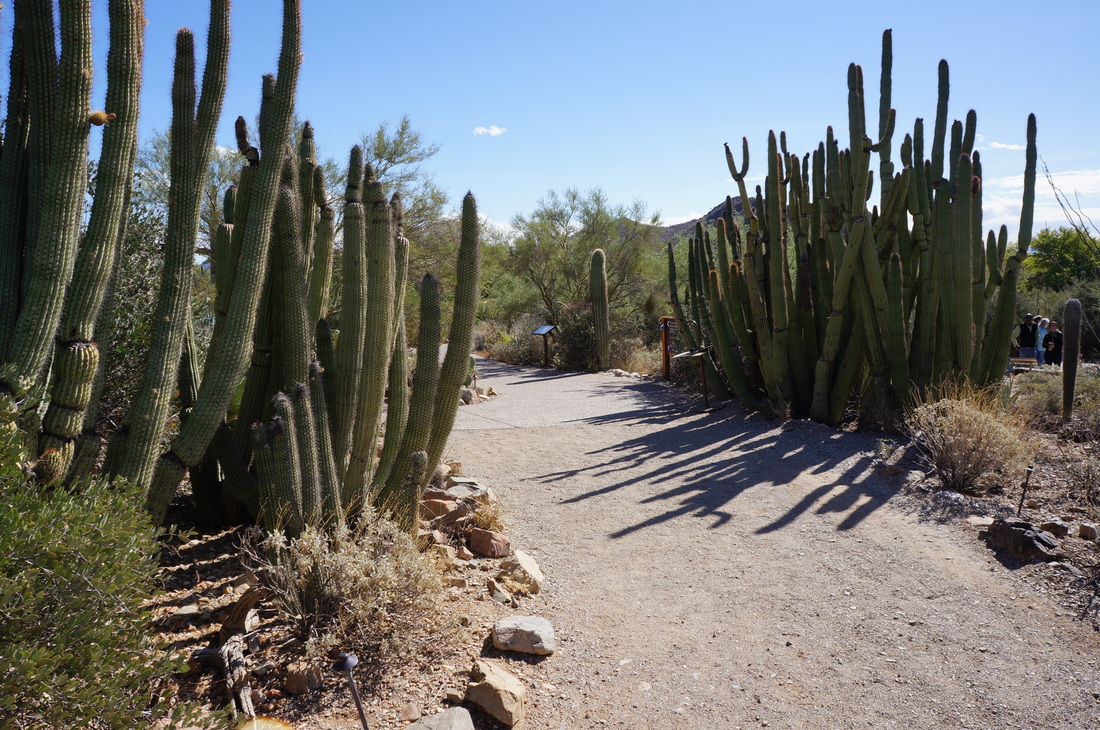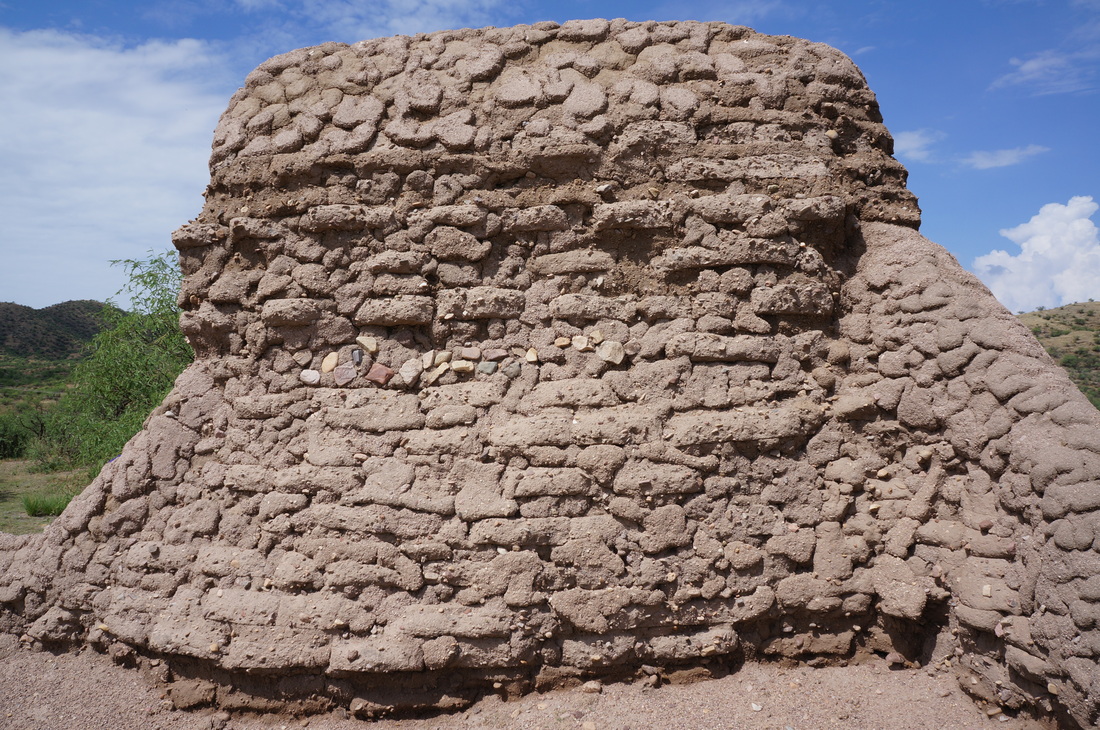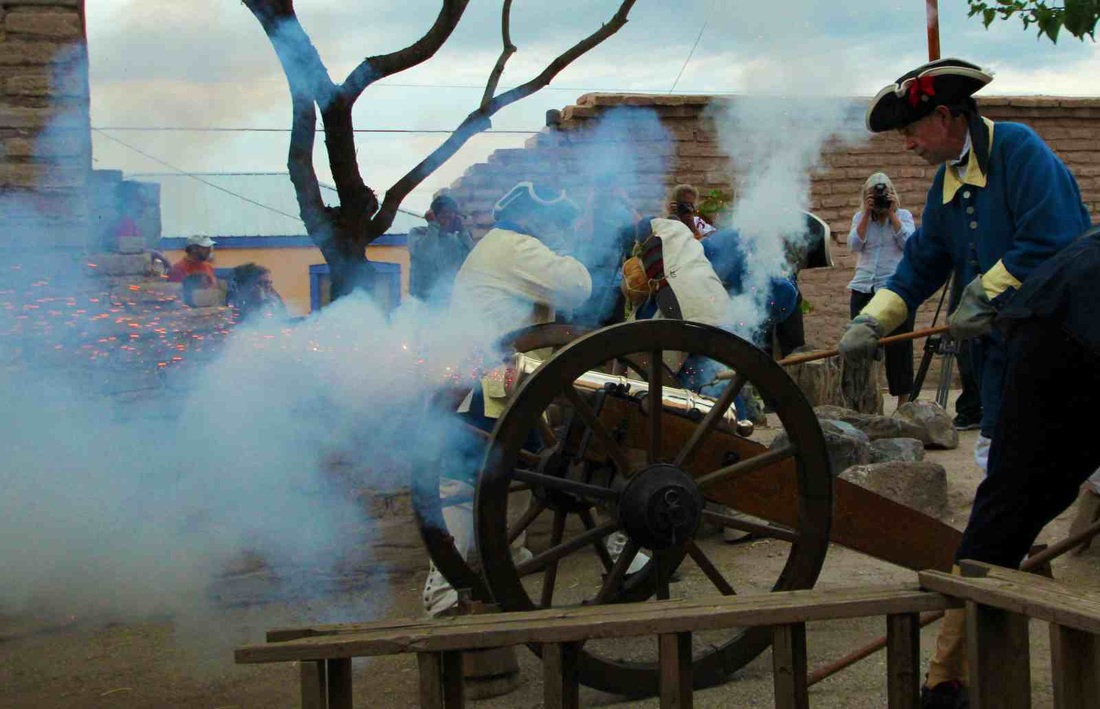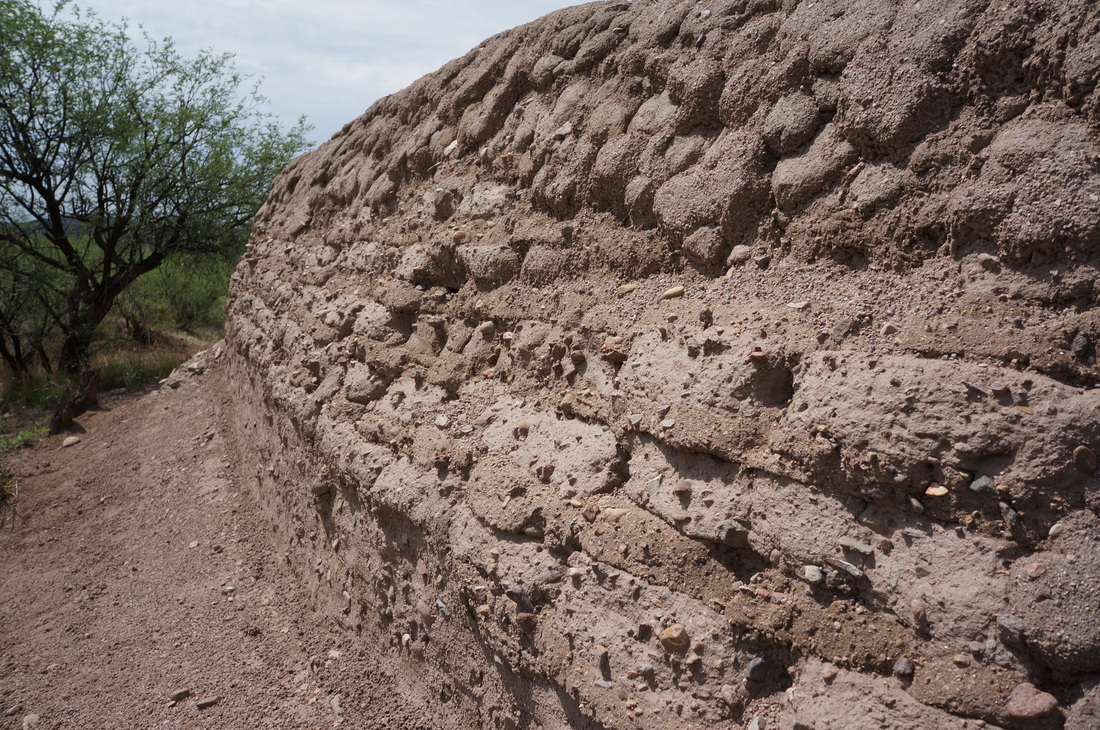CULTURAL + HISTORIC PARK DESIGN
INTRODUCTIONCultural and historic parks differ from recreational parks in the amenities that they provide, as well as their overall goal of preservation. Cultural and historic parks also have additional missions in terms of education and interpretation, elements that are often not part of small parks designed primarily for recreational purposes.
|
HISTORIC PARKS VS. HISTORIC SITES
What is the difference between a historic site and a historic or cultural park? A site may be an isolated object that is not surrounded by context that contributes to the overall interpretation of the site, and is not protected or preserved in any significant way. Historic and cultural parks “are established through the thematic identification, bounding, and interpretation of a place, and by development (sometimes quite limited) intended to facilitate and shape the park experience” (Carr, Eyring, and Guy-Wilson 2013:1). Sites do not have to be either cultural or historic; a site can be both (Solomonson 2013), , it is often the cultural history of land use that leads to the establishment of a historic site.
|
MYOPIC CULTURAL PRESENTATION IN HISTORIC PARKS
A problem with cultural presentation in historic parks is that it often focuses on one narrow slice of history, to the exclusion of everything else. In areas where there has been a long history, use, and occupation of an invading force, there is a difficulty in accurately representing the disparate groups and time periods in one cohesive plan of interpretation and design. This difficulty of dichotomy often results in one singular, easily presented representation that does not necessarily acknowledge the full history of the area. In these instances, it is important to examine the greater cultural context of the historic site to facilitate an accurate representation of past meaning and uses (Porter and Bull 2013). This can help address the challenge of representation in historic sites, especially for those sites that have a history of indigenous occupation that may lack an extensive written or physical record. Extensive research is an important aspect to inclusive representation, and although they are easily overlooked, the “attitude and practices of indigenous tribes are a fundamental element of the meaning and significance of the place” (Porter and Bull 2013:170). Though Porter and Bull are discussing the cultural landscapes of Australia in this case, the cultural context of the arrival of European explorers is very similar between the United States and Australia. European settlers arrived in both lands, each of which were already inhabited, kept what they found useful and disregarded the rest (Porter and Bull 2013).
|
PRESERVATION ETHOS
Many historic and cultural parks are established with the specific intent of preserving the site. For parks, more than preserved “objects”, a cohesive and persuasive presentation of the landscape to visitors and outsiders is the first step in ensuring its continued conservation (Porter and Bull 2013). The link can be established between the visitor and the life of the park, as the park design itself is focused on the visitor and a meaningful experience of a landscape, but also is a means of preservation (Carr, Eyring and Guy-Wilson 2013).
|
DESIGN + REPRESENTATION IN HISTORIC PARKS
Though there are many political, social, and cultural concerns in the creation of a park, these factors lend themselves to design implications through the creation or planning of the park itself. It is important to consider “focusing on the landscape…without altering it, creating atmosphere rather than buildings, proposing new use and activities…and sufficiently integrating local communities into the parks activities” (Lucienne Thys-Secho 2013:135). Designing for multiple uses gives a cultural or historic park meaning and programming beyond the immediate preservation goals, and can potentially increase the ongoing user base for the cultural asset. This can also help the position of the park within the community in which it resides; parks can contribute to the long-term economic health of the surrounding community (Carr, Eyring and Guy-Wilson 2013).
Guidelines have been suggested for a variety of specific design attributes in cultural and historic parks. To ensure the long-term success of the park, it is important to combine recreation, aesthetics, and conservation, as well as its symbolic value, both in a local and national discourse (Solomonson 2013). Especially when designing a cultural or historic site, it is tempting to look at the past and cultural cues to inspire the specific site elements; however, “respect for the character of the local area will not be achieved by the appropriation of stylistic cues or fashions from another era, but through the sensitive consideration of the location, siting, and scale of the new elements” (Spackman and Massgo 2002). For the National Park Service, historic reconstructions in the architectural realm need to be clearly distinguishable from the original fabric, and this approach can be applied to landscape interventions as well. Another approach is to more clearly consider the palette of the interventions: plants, construction techniques, interpretive materials should create a strong link to the culture being interpreted, and should be treated as an educational opportunity, not just as site decoration (Jones and Hoversten 2004). |




